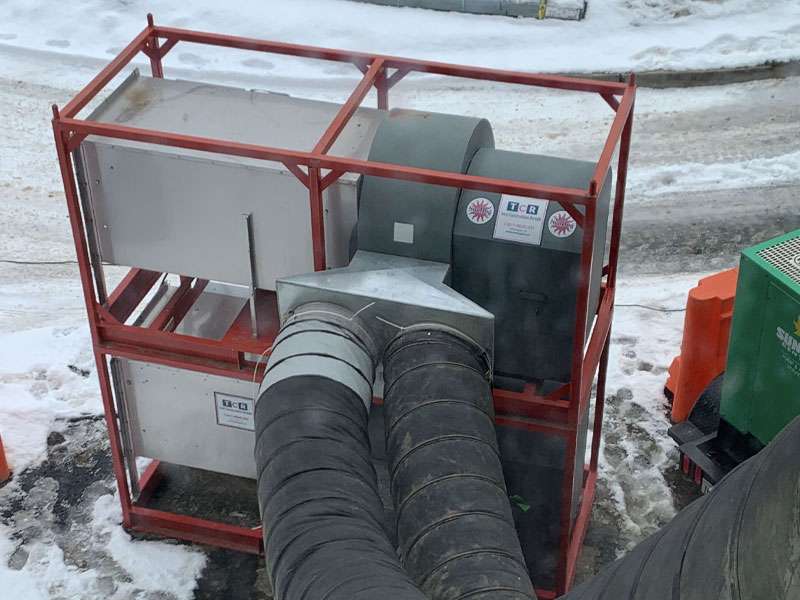If you work in the construction industry, winter presents more than just discomfort—it can pose serious, even life-threatening risks. To ensure your employees are adequately prepared for the harsh conditions of blistering cold winds and subzero temperatures, it’s crucial to recognize the telltale signs of frostbite and hypothermia and know how to respond if these conditions occur.
Hypothermia
Hypothermia occurs when the body’s internal temperature, typically stable at 98.6 degrees Fahrenheit, drops below 95 degrees. While constant exposure to extreme cold, often exacerbated by windchill, is commonly associated with hypothermia, it can also occur at higher temperatures if a person becomes chilled from being soaked with rain.
One of the initial signs of hypothermia is severe shivering, followed by drowsiness, confusion, shallow breathing, loss of coordination, and eventually unconsciousness and death. If you encounter someone suffering from hypothermia:
- Check their responsiveness and breathing, and call 911 immediately. Except in mild cases, the victim requires immediate medical attention.
- Provide CPR if the person is unresponsive and not breathing normally.
- Quickly move the victim out of the cold to a warmer environment.
- Warm the victim with blankets or warm clothing to help raise their body temperature.
These steps can help stabilize the victim and prevent further complications associated with hypothermia.
Frostbite
Frostbite is a severe condition that can damage your extremities by freezing the capillaries, impeding blood and oxygen circulation. It’s the most common injury from exposure to severe cold and typically affects areas such as the fingers, toes, nose, ears, cheeks, and chin. If not promptly addressed, frostbite can lead to tissue death and necessitate amputation. Early signs include white, waxy, or grayish-yellow skin color and numbness.
If you suspect frostbite:
- Move to a warm place.
- Remove wet clothing and constricting items.
- Protect the affected areas between fingers and toes with dry gauze.
- Seek medical attention as soon as possible.
- Unmatched Service and Support
The best way to avoid both scenarios is to provide a safe and warm place for your workers to recuperate. There are a variety of rental heaters and temporary heating options available for construction sites, ranging from propane heater rentals to electrical and even entire HVAC rentals. If you’re a construction worker, don’t take the risk; position yourself near the rental heaters until you feel yourself warming up. Ignoring your pain and discomfort could lead to severe consequences, including limb loss or even loss of life.

